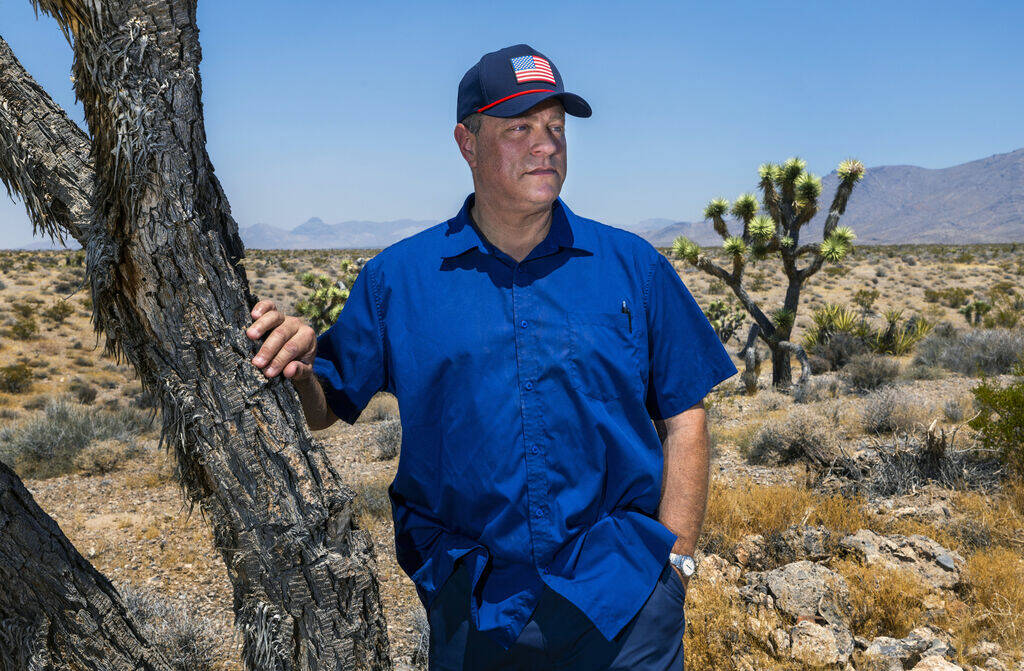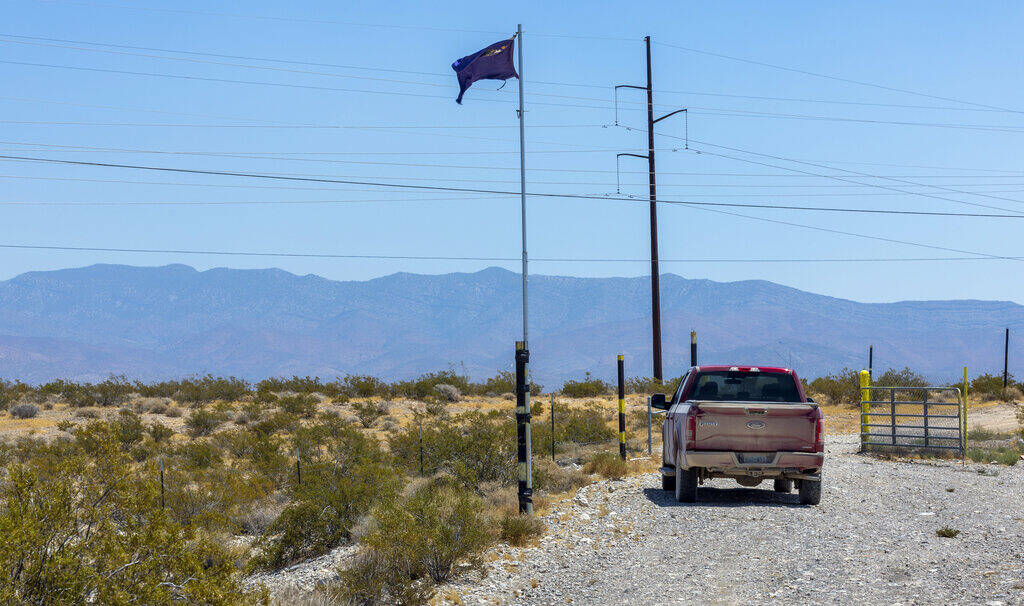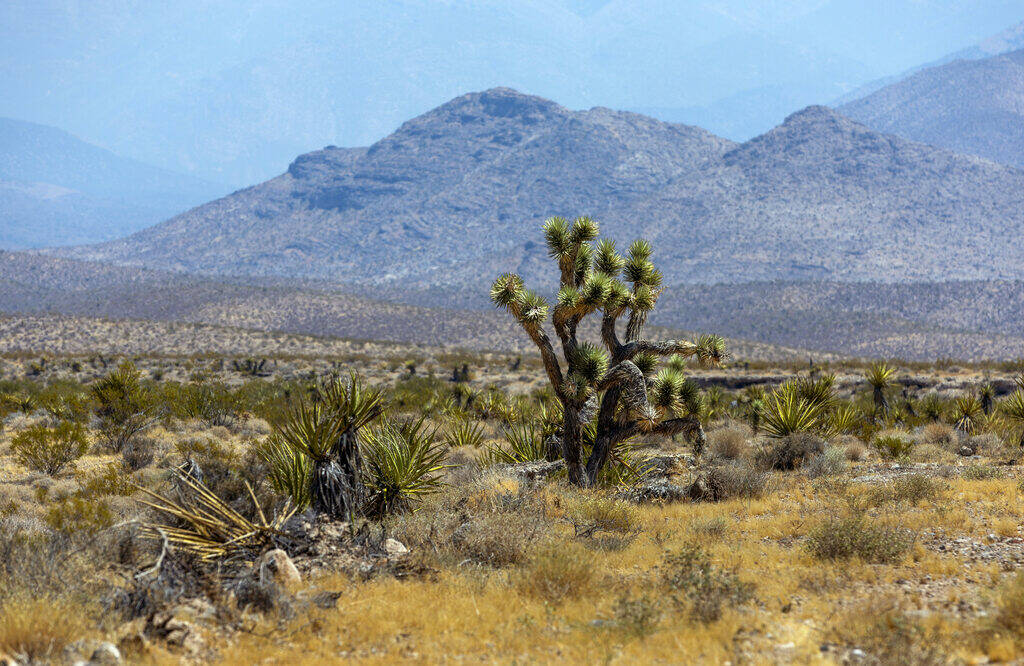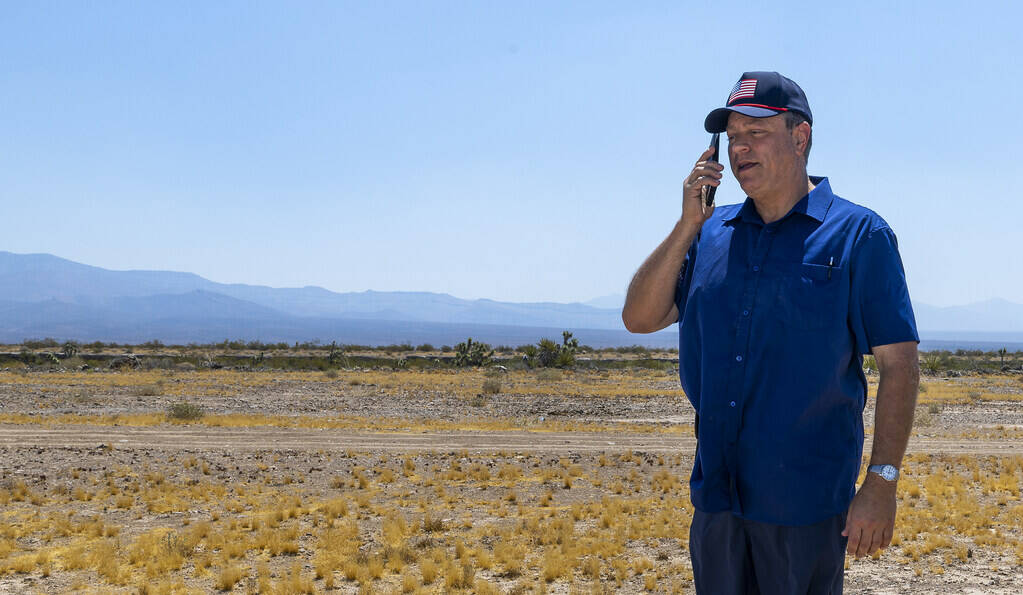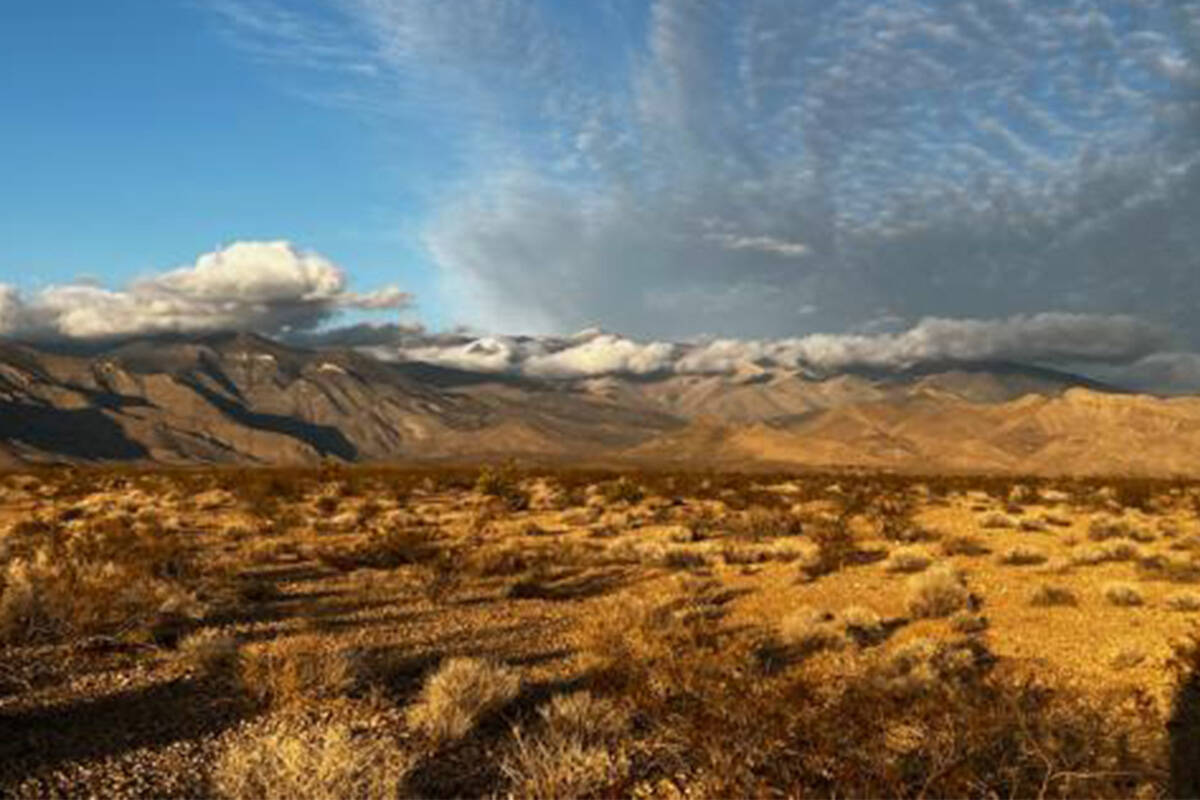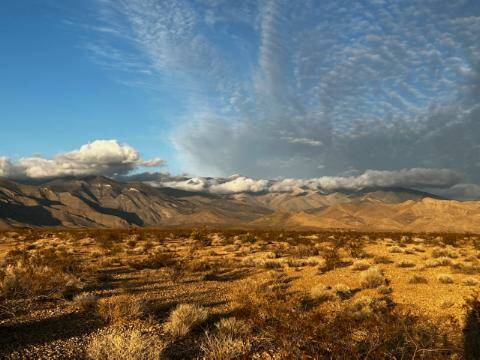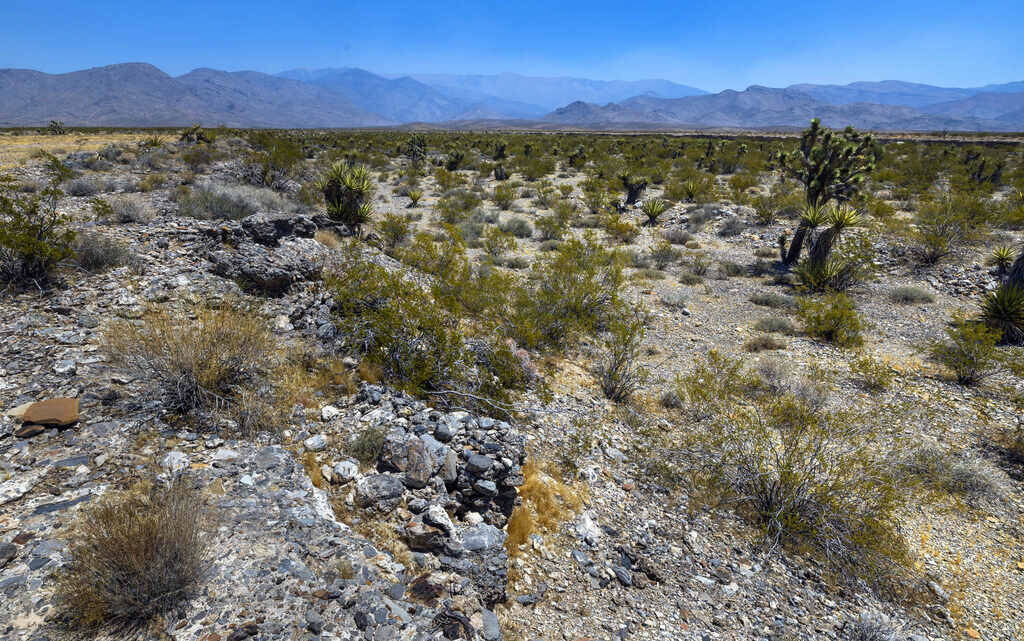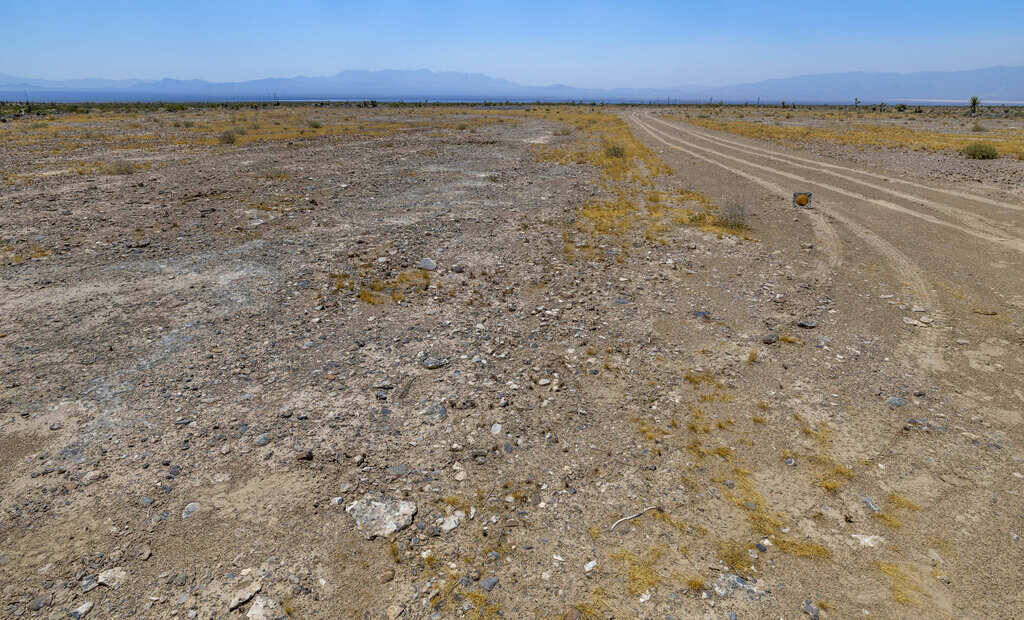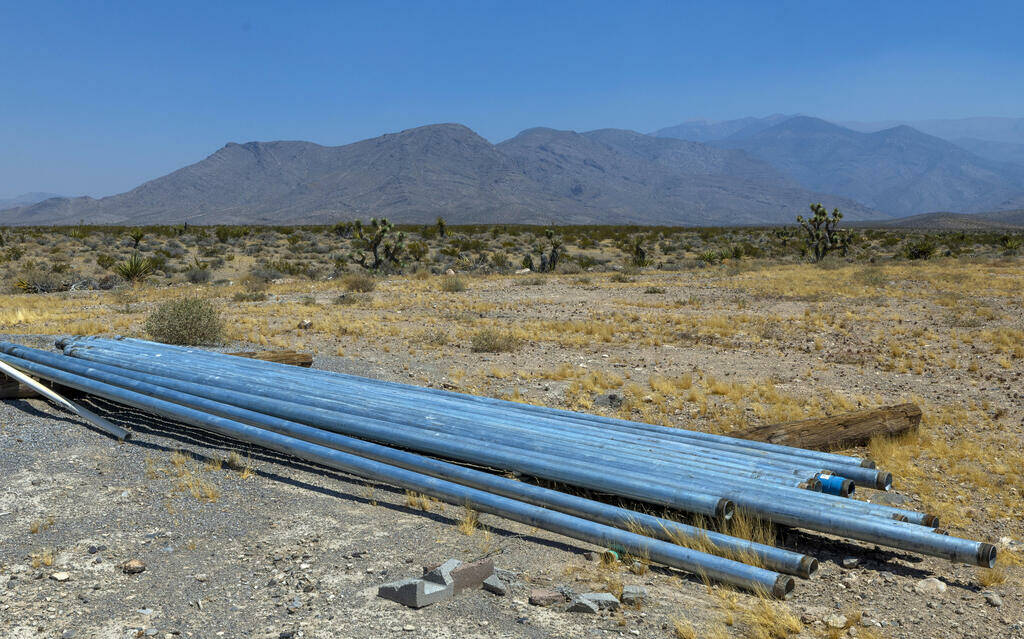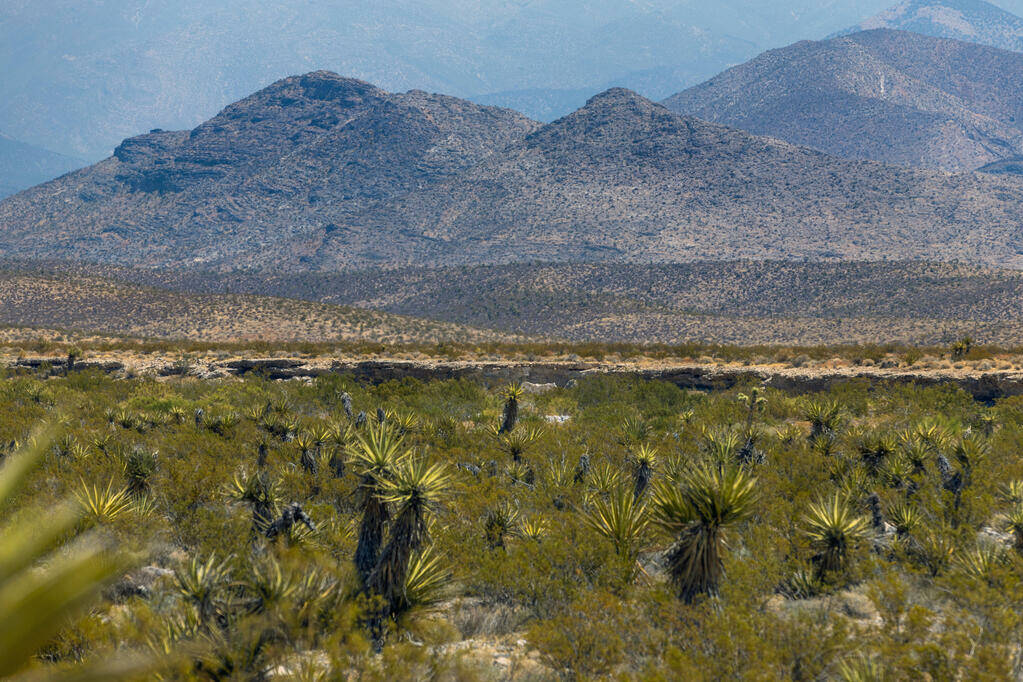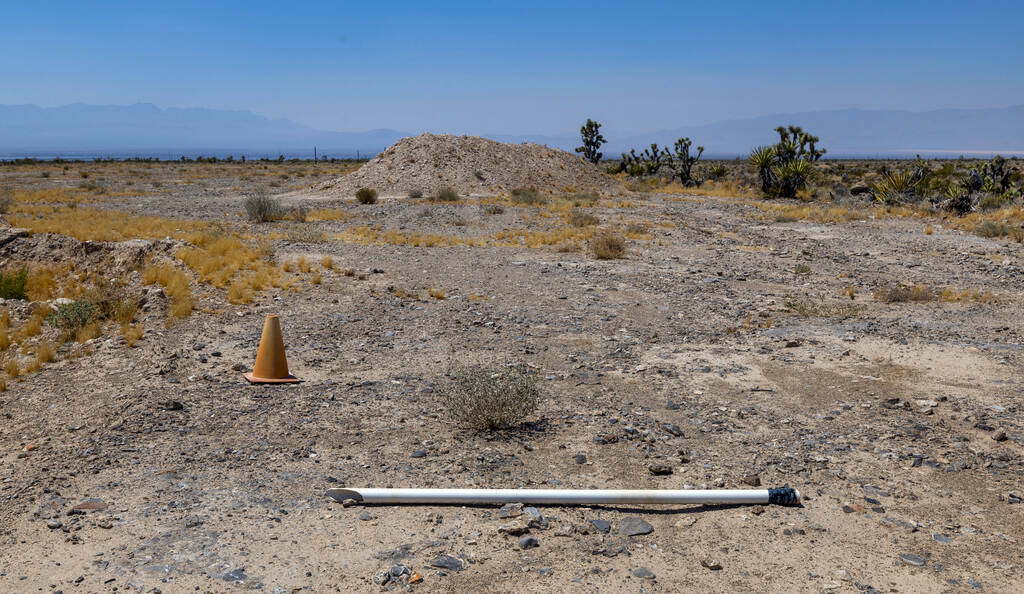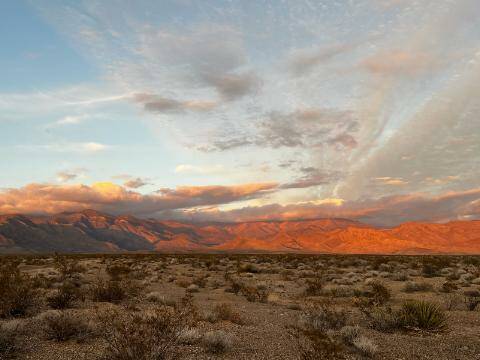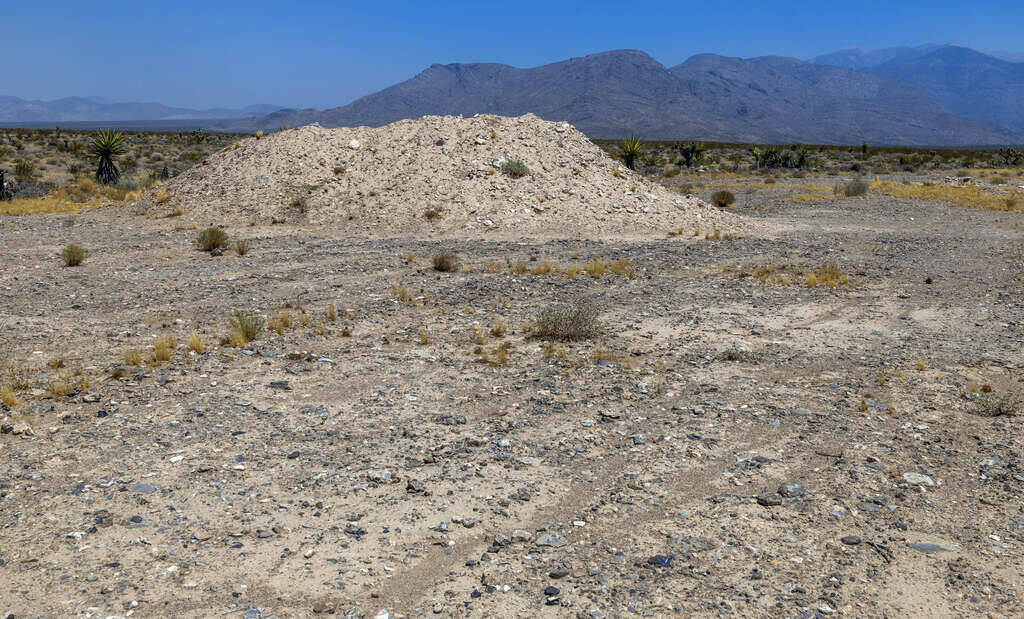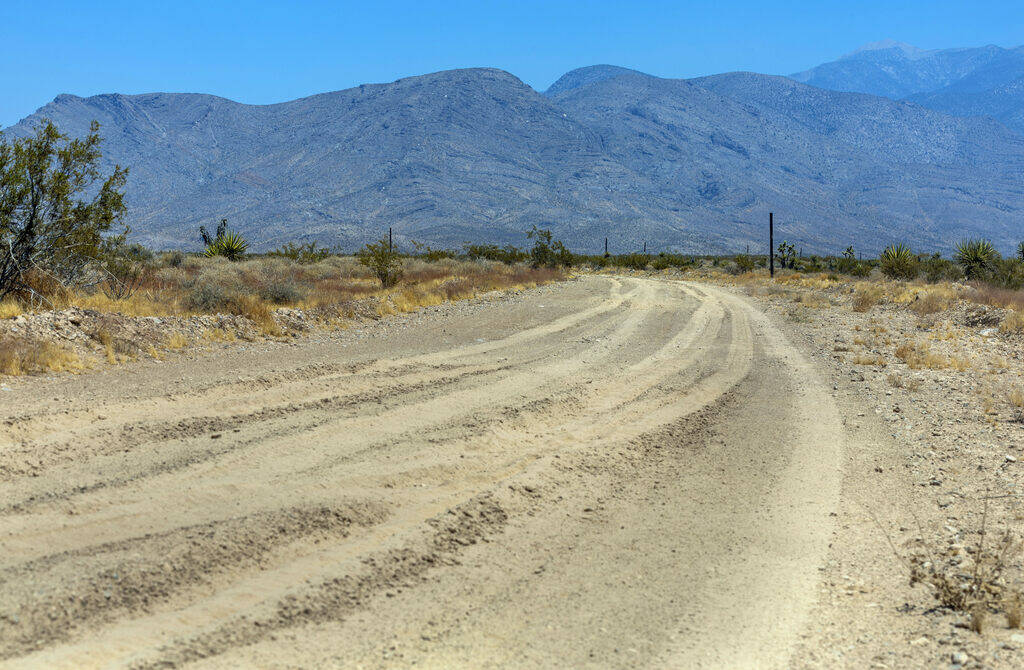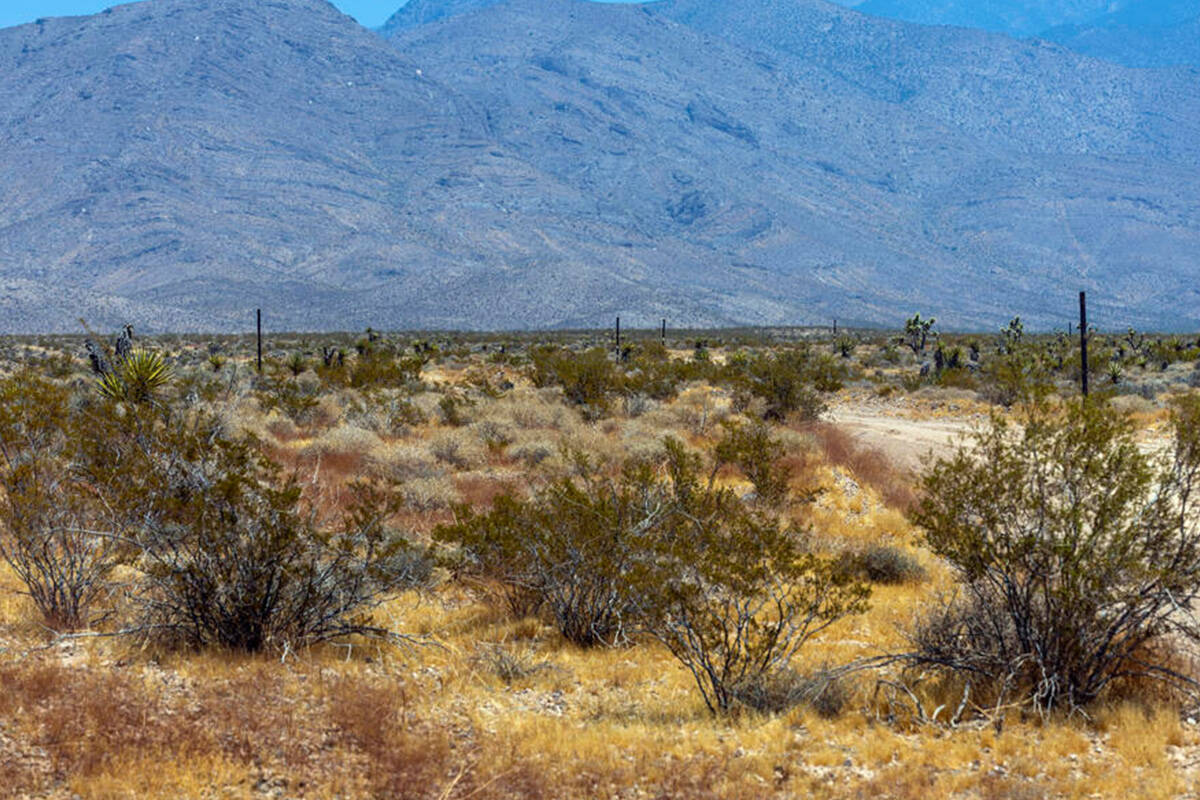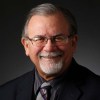Funding may be biggest struggle for developer’s Las Vegas Spaceport dream
Las Vegas real estate developer Rob Lauer is convinced the space race should pass through Southern Nevada.
After all, Las Vegas already is renowned as a hub for tourism and a place where people dream big and have been known to chase an idea to reality.
Lauer, the CEO of the Las Vegas Spaceport and a licensed pilot, recently invited potential investors to Mandalay Bay’s Foundation Room to hear a pitch on how Las Vegas could be a part of the future space tourism economy by starting small and building toward something significant within a decade.
About 35 people jammed into a small meeting room to hear Lauer talk about his expectations for the Spaceport and how small steps that have been taken could ultimately lead to building a place where spaceplanes that are being designed by 38 companies may one day take off from Nevada, achieve orbit and drop off passengers in an orbiting space hotel. Potential investors in attendance who were asked to comment on the project declined to do so.
Lauer would be the first to tell you that his plans won’t happen overnight. But he’ll also tell you progress has to start somewhere and for him, he enjoyed a small victory when the Clark County Commission authorized his 240-acre patch of desert scrub and Joshua trees southwest of Las Vegas, near Pahrump for a 5,000-foot airstrip.
Many critics
But critics abound.
“Although there may be a long-term vision for the private project between Las Vegas and Pahrump, the proposal that was approved by the County Commission is for an airstrip and the Federal Aviation Administration has determined that the airstrip would accommodate aircraft that fly under visual flight rules conditions and will not require clearance from air traffic control,” said Rosemary Vassiliadis, director of the Clark County Department of Aviation.
“It is important to note that any additional elements or modifications would require additional reviews and approvals by Clark County, the FAA, as well as other entities,” she said. “We would have to review any of the future plans for this project, beyond the current proposed airstrip to evaluate if and how it conflicts with the available airspace for Harry Reid International Airport and any of our other airports.”
The Clark County Department of Aviation monitors all projects that have the potential to impact the already constrained airspace at Reid International. That constrained airspace is one of the prime justifications for expansion to a second commercial airport in the Ivanpah Valley.
In short, Vassiliadis views Lauer’s project as just another airstrip. The supplemental airport she is shepherding through the lengthy approval process — it’s in the midst of environmental reviews today — is far more pressing than what the Clark County Commission has designated the spaceport as Las Vegas Executive Airport.
Safety and cost
Another critic is Amanda Bellarmino, an assistant professor at UNLV’s William F. Harrah College of Hospitality.
“The challenges I see with space tourism are safety concerns and cost,” she said.
While Lauer is occasionally frustrated with delays and red tape associated with the county review process, that doesn’t stop him from thinking big about the future and early projects are a means to an end.
Once a 5,000-foot airstrip is built — he hopes to get that started within months pending county approval — he’ll be in a position to invite a fixed-base operator that could sell fuel and rent space to park private aircraft to set up there.
Because Las Vegas frequently attracts guests in private planes for special events that need a place to park their private jets, Lauer views his planned airstrip as a potential revenue stream. Pilots were clamoring for aircraft parking for last year’s Las Vegas Grand Prix Formula One event in November, some ending up parking as far away as St. George, Utah, and Lauer expects this year’s event will be no different.
Air race site
Another revenue stream on Lauer’s list is to host air races. It’s too late to host races formerly staged at Stead Airport in Reno, but Lauer says his desert land is a perfect environment for air racing and while he’s working on an alternate site this year, he hopes to stage air races at the Spaceport site next year and in the future.
Another immediate need and revenue source is the development of a STEM academy for aviation and engineering. The benefits of that are two-fold, he said: In addition to collecting tuition, the academy can develop the next generation of pilots that someday could fly passengers from there.
Lauer has surrounded himself with aerospace experts as advisers and figures the best way for Southern Nevada to enter the space tourism business is to build it from the ground up with education.
On his team are retired Brigadier Gen. Robert Novotny, a former commander of the 57th Wing at Nellis Air Force Base; Dave Ruppel, a former director of the Colorado Air and Space Port, who successfully received a license and helped convert Front Range Airport in Watkins, Colorado, to a spaceport; retired Col. Cameron Dadgar, an F-16 pilot who commanded the Nevada Test Range as an aeronautical engineer; Ken MacDonald, an environmental compliance officer for endangered species for the U.S. Army Corps of Engineers; Ron Kelly, a pilot for 50 years who owns an FAA-certified flight simulator company who trains airline pilots; and George Garcia, a Clark County entitlements, planning and zoning expert.
In future expansion after an initial $310 million Lauer is trying to raise, a 200-room hotel-casino that would be contracted to a licensed casino operator would be built and that, too, would become a revenue generator.
A secondary phase also would include a longer runway, up to 10,000 feet that could accommodate the spaceplanes Lauer expects to be designed and built in the future. He makes it clear that he and his operation won’t build their own planes – just provide a place for them to fly.
Lauer favors spaceplanes because they’re safer than launching rockets.
“And there are several companies building them right now,” he said in his presentation. “They’re basically an aircraft with a variety of engines, whether it’s a scramjet engine or rockets. It takes off and lands like an aircraft and it’s made of titanium. You can launch it and re-enter, and you can do it over and over again. And it’s a lot safer.”
Although some of Lauer’s website visuals and early plans call for a launching pad, Lauer said his development’s focus will be on horizontal takeoffs and landings and not launches.
The Las Vegas Spaceport would be the third privately operated spaceport operation in the country with two in Texas operated by Elon Musk (SpaceX) and Jeff Bezos (Blue Origin). The Las Vegas operation would be the first inland spaceport, which Lauer views as an advantage in case spacesports ever had to be militarized. Inland spaceports are easier to defend against foreign enemies and Nevada has a long history of protecting military assets.
But it appears right now that funding is the biggest challenge the Las Vegas Spaceport faces.
‘No bucks, no Buck Rogers’
As famously quoted in the Tom Wolfe book and film “The Right Stuff” about the origins of the Mercury space program, “No bucks, no Buck Rogers.”
And so far, Lauer says there haven’t been any big checks written to keep the Las Vegas Spaceport dream alive.
But Lauer says he’s in it for the long haul and he’ll keep working at it because he believes a space-age economy is in Nevada’s future.
Contact Richard N. Velotta at rvelotta@reviewjournal.com or 702-477-3893. Follow @RickVelotta on X.



